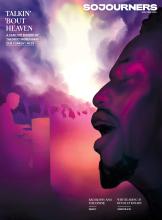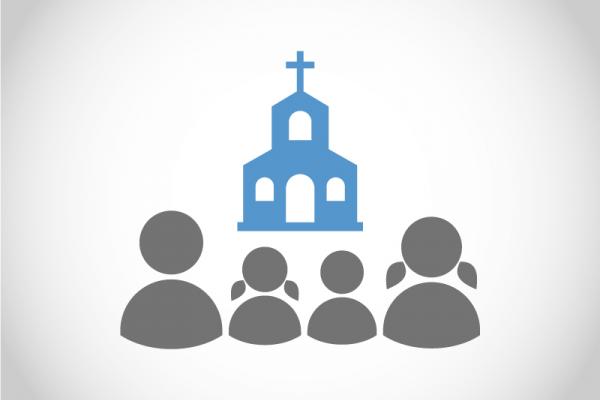May 8, 2015
When did you last think about the relationship between your community's worship practices and their missions? It's such a loaded conversation. What makes for "mission?” Why do we set the two practices — what we do in worship and what we do after — at odds with one another? Is it simple geography? One happens behind the ecclesial closed doors while the other is more public? I want to know when we lost the sense that our liturgies were public events rather than secret rites. But that's another post.
Read the Full Article

Already a subscriber? Login
